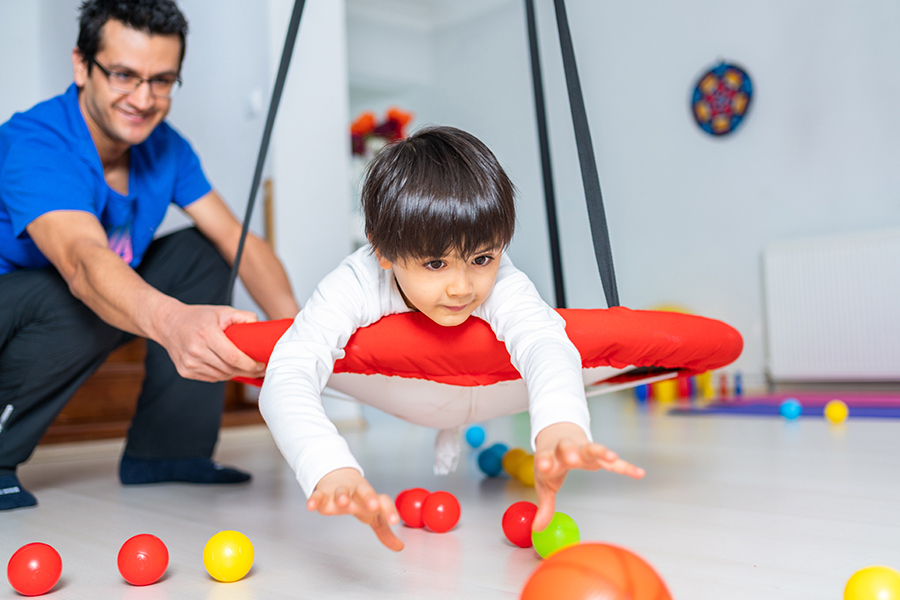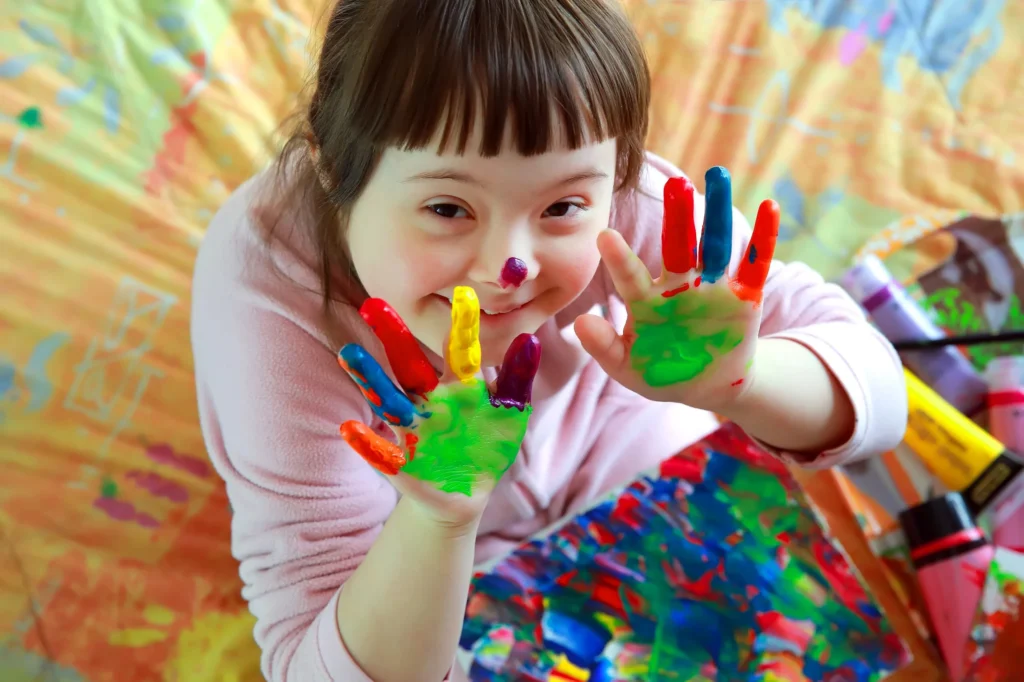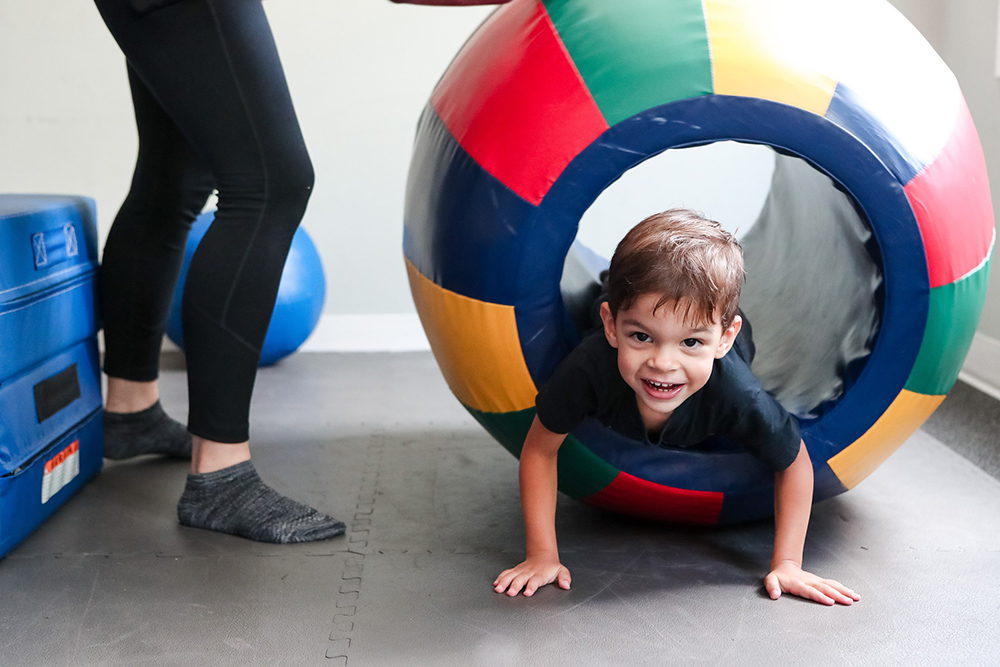Talking with your child about sex, sexual identities, gender, relationships and their health is a lifelong conversation. Doing little bits at a time instead of awkwardly having “the talk” takes the pressure off everyone involved and helps your kid process information and values over time. Having regular conversations also sends the message that these topics are important and a normal, fundamental part of life.
Opportunities to Discuss Sexuality
Everyday life provides plenty of opportunities for casual conversations about sexuality and relationships, for example:
- When puberty, dating, LGBTQ issues, love or sex comes up on a TV show, in a movie or in a song
- When you, a family member or friend announces they’re pregnant
- When gender stereotypes are pushed in ads, games, TV, books, movies, etc.
- When you see unrealistic portrayals of or very sexualised bodies
- Ads for pads and tampons, birth control or condoms
- News stories or ads that talk about sex and sexual identity
Young people are curious and want to have discussions about these topics. By taking these opportunities to kick off a conversation, you can open up the dialogue and help them feel comfortable asking questions and talking about it.
The Importance of Discussing Sexual Identity
Lesbian, gay, bisexual, transgender, queer and gender nonconforming people are a part of our every communities and beloved members of many families. In the past, there has been an insufficient level of discussion regarding sexual identity as part of young people’s sexual education.
Part of being a teenager is figuring out who you are, including your sexual orientation and gender identity. No matter what your child’s identity is, they’re likely to have questions. Learning how to discuss sexual orientations and gender identities with your children is essential for supporting them if they are LGBTQ and helping them better understand others if they are not.
What to Keep in Mind
Sexual orientation and gender identity are two different things. Lesbian, gay, bisexual, heterosexual and straight are labels that describe someone’s sexual orientation. Transgender and gender nonconforming are terms that describe the gender identity of people who don’t identify as the gender they were given at birth. Cisgender describes people who do identify as the gender that they were given at birth.
Queer has a number of different meanings, but it’s often used to describe a sexual orientation, gender identity or gender presentation that’s not straight and cisgender. LGBT people often grow up with a strong sense they’re different from the people around them and fear rejection from their friends and families. Regardless of your child’s sexual orientation, talking about respecting lesbian, gay, bi, and queer people and showing that you respect them in how you talk about LGBT issues.
Need to Talk to Someone?
Need to talk to a psychologist? At EDUCARE we can help children, teens and adults if they need help with a range of issues. Make a booking online or contact us for more information about our adult and child psychologist services.




